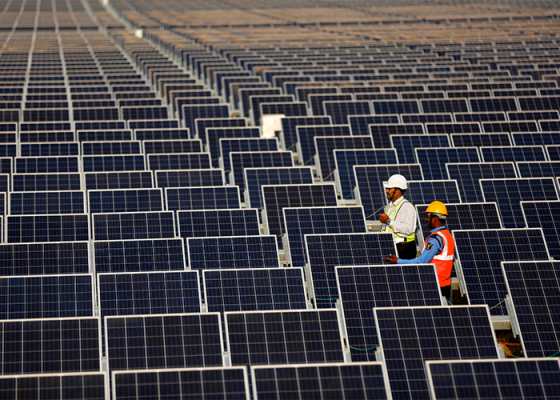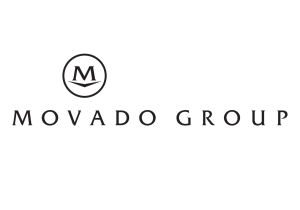
- India’s largest pure-play renewable energy company merging with RMG Acquisition Corporation II
- ReNew commands remarkable 83% Ebitda margin and expanding
- Expects annualized Ebitda growth of 30.7% from 2021 to 2025
- Goldman Sachs Group, Inc. owns 49% and will keep large stake after deal closes
- Chairman Sumant Sinha founded ReNew in 2011, will remain at the helm
- Leadership includes top talent from petrochemical industry
- ReNew generates 1% of India’s power, mitigates half a per cent of carbon emissions annually
- Valued at $8 billion, or just 9.7 times 2022 Ebitda, well below peers
- Balanced mix of roughly half wind and half solar power sources
- Strong ESG credentials should attract investors building green portfolios
- Chamath Palihapitiya is taking part in the company’s $855 million PIPE
The market has become littered with profitless SPAC companies chasing big dreams. But with ReNew Power, investors have a rare opportunity to make a pure play bet on India’s clean energy – which happens to be a cash machine.
The company, which is 49% owned by Goldman Sachs Group, Inc., is going public through a merger with RMG Acquisition Corp II (NASDAQ: RMGB), a special purpose acquisition company or SPAC that raised cash to find a target. Investors who buy RMGB shares now will see them automatically convert to shares of ReNew once the deal formally closes.
There’s good reason to take a look at the shares now while the price is right. ReNew was founded in 2011 by Chairman Sumant Sinha – a businessman known as a pioneer of clean energy in India. The country has become dedicated to fighting pollution and carbon emissions, putting ReNew in a position to thrive for many years to come.
Already, the company generates 1% f India’s power and helps mitigate half a percent of carbon emissions annually. Those are impressive figures that are likely to improve even further over time.

India has plenty of reason to embrace renewable energy beyond environmental reasons. ReNew’s energy is actually 30% cheaper than the country’s legacy power source – coal.
That price advantage should underpin steady growth for the foreseeable future. Electricity generation across India is expected to double over the next decade, according to the Ministry of Power.
One surprising aspect of the Indian power system that makes renewable energy work is that the country essentially runs on a single grid. That makes it much easier to move power across the vast landscape without so-called intermittency issues that plague even the most developed countries like the U.S.
Another important part of the business model is long-term contracting. Some 93% of ReNew’s contracts are 20 to 25 years in duration.
What’s more, the company has some of the most dependable counterparties investors could ask for. Central government agencies account for about 50% of offtakers, with the balance a mix of state level buyers.
ReNew’s scale also brings advantages. When purchasing equipment like solar panels and windmills, large orders translate to negotiating power with OEMs around the world.

The Indian market also looks well insulated from foreign competition. Masayoshi Son’s SoftBank, for example, tried to enter the market but ultimately ended in failure.
All this translates to a very impressive financial outlook. The company boasts 83% Ebitda margins which, believe it or not, are expected to rise even further in the next few years.
Profits are also set to rise at a steady pace. Ebitda is expected to grow at a 30.7% annualized clip between 2021 and 2025 – far faster than most comparable companies around the world.
Perhaps best of all, the stock is cheap. At about $10 a share, the company has an implied enterprise value of 9.7 times 2022 Ebitda. Denmark’s Orsted A/S, meanwhile, trades at 20 times while Canada’s Brookfield Renewable Partners LP trades at 24 times, according to Sentieo, an AI-enabled research platform.
Investors should not overlook the company’s strong ESG credentials, which include commitments not only to the environment but also social and governance standards. That is likely to attract the attention of big institutions that care about both ESG and growth.
Importantly, many such investors aren’t allowed to purchase SPAC companies until deals have formally closed. That could translate to very strong demand for the shares after the transaction is consummated sometime in the second quarter.
An added bonus: SPAC proselytizer Chamath Palihapitiya is taking part in the company’s $855 million PIPE. While Mr. Palihapitiya won’t be involved in day-to-day operations, it can only help to have him onboard to lend advice.
These days, many investors have grown tired of moonshot SPAC deals tied to risky, unproven companies – some of which may simply not be around in a few years. But with ReNew Power’s big, dependable profits, the future looks very bright indeed.
Contact:
John Jannarone, Editor-in-Chief
editor@IPO-Edge.com
www.IPO-Edge.com
Editor@IPO-Edge.com
Twitter: @IPOEdge





